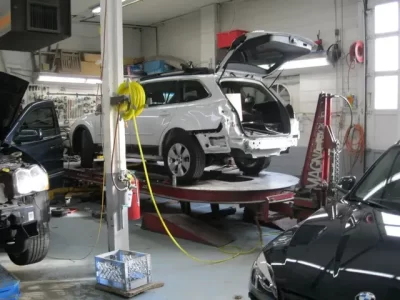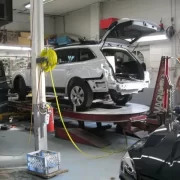Phlebotomy done correctly has steadily gained more and more significance in arriving at appropriate medical diagnoses and treatments throughout human history. As a result, best practices that have been around for a long time are being questioned, and different innovations are always being created. In addition, the number of individuals required to have at least fundamental knowledge of what is phlebotomy is growing due to the expansion of the healthcare business.
On the other hand, this appears to be an especially difficult task because many healthcare education programs do not contain a thorough phlebotomy component. To give you a little bit of such phlebotomy training you need, we requested internal specialists, who have been training phlebotomists for years, to give us the top five phlebotomy essentials everybody should be aware of. These best practices are not intended to take the place of adequate training; nonetheless, they will assist you in ensuring the quality of the samples collected and conforming to the blood collection requirements. Let’s dive into what is a phlebotomy.
What is a Phlebotomy?
The process of drawing blood is now at the core of what phlebotomists perform. This might be done for testing, receiving transfusions, doing research, or donating blood. It is essential for phlebotomists to have an understanding of the reason for the blood draw in order to collect the appropriate volume of blood and correctly label it.
Now that you know what is phlebotomy, let us know a little more about how it is done.
Instructional Methods and Programs
Phlebotomist training is often completed in a period of less than a year and does not need the completion of a degree program. Programs in phlebotomy can be found in a variety of educational establishments, including vocational schools, community colleges, including technical schools.
Classroom-based learning is complemented with hands-on experience in a clinical setting. Students acquire knowledge in areas such as medical language, anatomy, and physiology, methods for blood collection, as well as safety protocols. They are obligated to do a set number of sticks while they are in the clinic. As an illustration, one of the programs calls for 25 vein punctures in addition to 5 capillary sticks. In order to do the course, you must understand what is phlebotomy.
Finding the Solutions to Tough Problems
There are a variety of procedures, including blood testing, that certain individuals can doubt the necessity of. A phlebotomist, who is not qualified to practice medicine, needs to exercise caution while responding to these questions because they are medically related. Phlebotomists are able to find solutions to some queries, but they should direct any other inquiries to the attending physician who is in charge of the patient’s care. It is necessary to understand this point to get an idea of what is phlebotomy.
A badly phrased response might generate an unnecessary amount of stress for a patient or even cast doubt on the advice that a physician has previously provided. It will get easier to address inquiries from patients as your profession progresses, but at the beginning of your career, you shouldn’t be afraid to ask more difficult questions to more experienced doctors.
Label sampling
It is advised that the samples be labelled at the bedside shortly after they have been obtained in order to reduce the likelihood of incorrect specimen identification. Who might say? It’s possible that you’ll be distracted or called away for a moment, and when you return, the samples will have been jumbled without your knowledge. In point of fact, you need to fill out the entire identification upon that specimen; don’t just leave temporary markers on it to serve as a reminder for you to enter the missing information later.
Just one more thing: soon after putting the blood into the tubes, make sure to invert the tubes containing the anticoagulants such that the anticoagulants are on the bottom.
Conclusion
We hope that with the help of this article, you know what is a phlebotomy; you can consider going for it once you have a clear idea about the course.











Comments